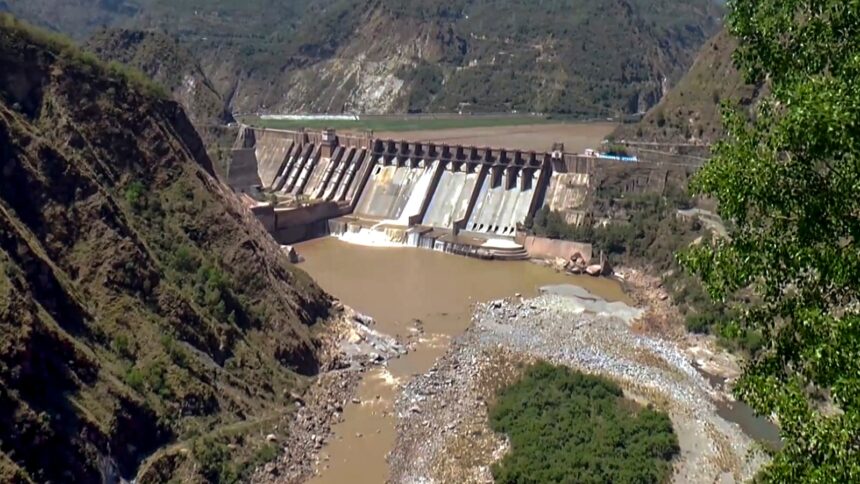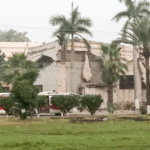The Centre will fast-track the construction of four run-of-the-river hydroelectric projects on the Chenab and its tributaries amid rising tensions between India and Pakistan, a senior official aware of the developments told The Indian Express.
The projects—Pakal Dul (1,000 MW), Ratle (850 MW), Kiru (624 MW), and Kwar (540 MW)—are all located in and Kashmir’s Kishtwar. With the exception of Pakal Dul, which is being developed as the state’s first water storage project, the others will have limited capacity.
The renewed push to complete under-construction hydro projects in J&K comes after India put the Indus Waters Treaty with Pakistan in abeyance, following a terrorist attack in Pahalgam on April 22 that killed 26 tourists.
Of the four identified projects, Pakal Dul and Kiru are likely to be commissioned earlier. As of April 2025, the Central Electricity Authority (CEA) estimated their completion by September 2026. Kwar is expected to be ready by December 2027 and Ratle by November 2028. With renewed urgency, these timelines may be advanced.
On Sunday, reported that the gates of the sluice spillways at the Baglihar dam—also a run-of-the-river project on the Chenab—had been lowered to restrict water flow to Pakistan’s Punjab as a “short-term punitive action”.
While run-of-the-river projects typically lack the capacity to store large volumes of water, limited flow restriction is possible—especially ahead of summer and monsoon seasons—by lowering sluice gates when river discharge is low.
All four projects are being implemented by state-owned NHPC Ltd and its joint ventures. Once completed, Pakal Dul will be the largest hydropower project in J&K, with the highest live storage capacity of nearly 109 million cubic meters (mcm). Ratle will have about 24 mcm, Kiru 10.5 mcm, and Kwar 9.2 mcm.
After completion, Pakal Dul will be more effective at restricting downstream flows, thanks to its relatively large live storage capacity. For context, the Baglihar dam (900 MW)—currently J&K’s largest—has live storage of just around 30 mcm, less than a third of what is planned at Pakal Dul.








